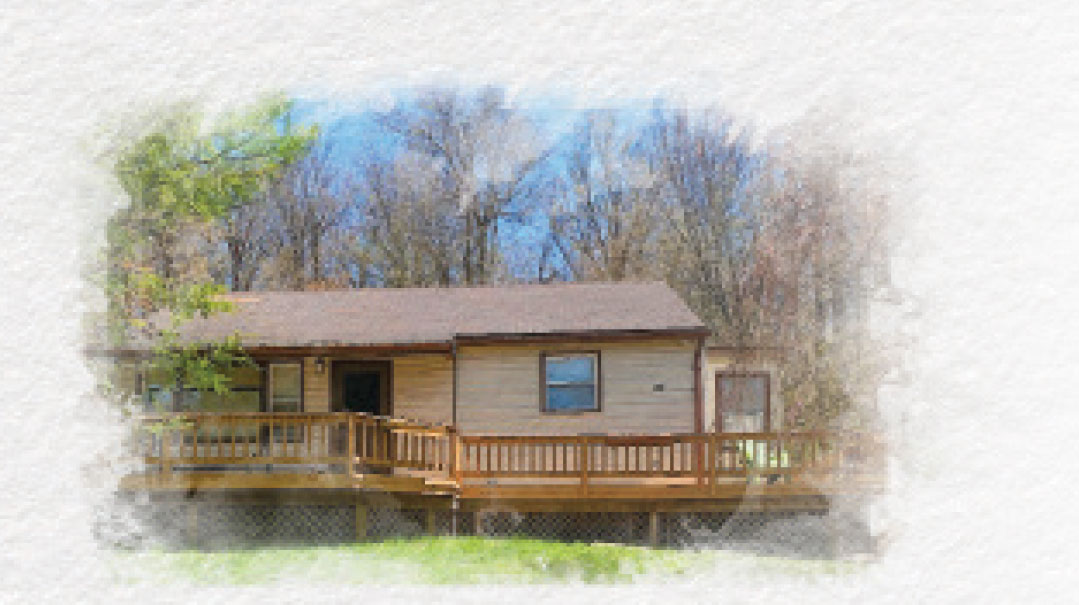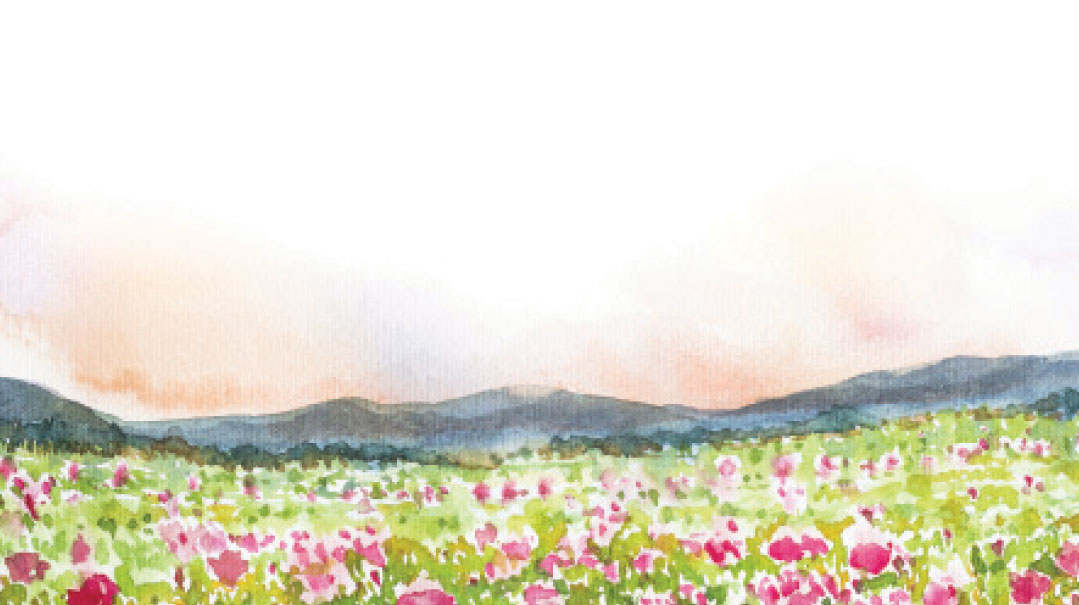Atop a Mountain

When cabin fever hits, some of the most surprising excursions aren’t too far from your own backyard

We’d finished doing all the things.
Rock painting and regular painting and wall painting (without parental permission), hook loom and puzzles and games. We’d done all the crying and said all the “Mommy, I’m boreds” that could possibly be said.
We’d watched our neighborhood of Neve Yaakov, home to the largest population of children in all of Jerusalem’s neighborhoods, go silent as a tree trunk on a blistering summer day. We’d scurried like thieves to take out the garbage, we’d seen police drones hover overhead and listened to loudspeakers blare loudly to stay inside — no walks, no bikes, no ball. And miraculously, at the very point when we’d done every single indoor thing we could possibly think to do, a tiny bit of air came seeping through concrete walls. The ban on venturing more than 100 meters from one’s front door was lifted.
Maybe he sensed the change, or maybe he was simply done, but my ten-year-old son who’d managed well during the days of lockdown was suddenly losing it. I took one look at him and asked my husband to watch the other kids.
“But where will you go? Everything’s closed,” he said.
“No clue.”
I told my son to bring some snacks and water and to follow me.
“Where are we going?” he asked.
“No clue,” I answered.
I started driving. The simmering boy next to me crossed his arms and burrowed deep into the seat.
We drove up a large hill that overlooks a deep crease in the earth and separates my neighborhood from the next one. The little canyon is filled with a miraculous forest, uniquely positioned at the edge of the desert, teeming with gazelle and hyraxes and history. On the other side of the valley sits a mountain — okay, more like a large hill, but a most mountainy-looking hill, shaped like a smooth scoop of ice cream. For some reason, the place has always fascinated me. I even looked up the spot on Google Earth once but found little information, only that the top of the hill was an archaeological site open to the public.
“Where are we going?”
His voice was brimming with the frustration of an outside boy who’d just spent two months living as an inside boy.
Oops! We could not locate your form.













